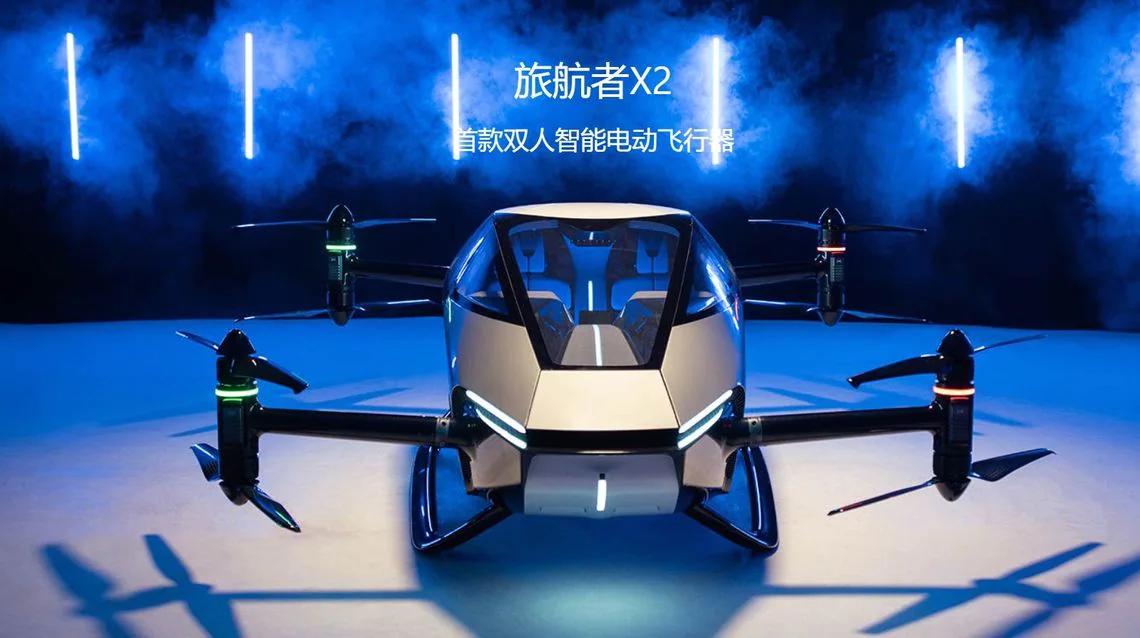Chinese EV maker's "flying car" mass production plan wins
It's been over a year since China's emerging EV (electric vehicle) manufacturer Xiaopeng Motors (Xiao Peng) announced its entry into the "flying car" market. He Xiaopeng, the founder and chairman (equivalent to chairman), announced the commercialization schedule on October 24th. The company plans to start production of the first mass-produced model in 2024 and keep the price below 1 million yuan (about 17.77 million yen).
A flying car is a manned flying machine that can take off and land vertically with the propulsion of a propeller driven by an electric motor. On October 19, Huitian Aerospace Technology, the main body of Xpeng Motor's project, announced that it had received an investment of more than $500 million (approximately 56.75 billion yen) in a series A funding round.
Xpeng Motor also released an image video of the mass-produced model. The biggest feature is that it has two large propellers, and when traveling on the ground (like a car), the propellers can be folded and stored in the fuselage. And when you switch to "flight mode", the propellers can be deployed outside the fuselage to enable vertical takeoff.

So far, many start-up companies, aircraft manufacturers, automobile manufacturers, etc. around the world have declared the development of flying cars, but the design of "two propellers" like Xpeng Motors is quite rare. Flying cars are technically derived from small unmanned aerial vehicles (drones) and are typically equipped with a large number of propellers, typically at least six.
Is it intended for use in the suburbs rather than in the city?
If the number of propellers is small, the propellers must be made larger to generate the same amount of lift. Xpeng Motor's mass-produced model has a width of 12.2 meters with the propellers deployed. This is a size that greatly exceeds the width of general roadways, and many industry insiders point out that ``the places where takeoff and landing are possible are limited.''
Also, most flying cars have multiple propellers for safety considerations. This is because if there are many propellers, even if one or several of them fail, it is unlikely to lead to a serious accident.
This article is an article provided by "Caixin"The reason why Xpeng Motors dared to adopt a design that breaks common sense seems to be the difference in the intended use of the company. Most flying cars have been developed with a view to operating as a means of short-range air transportation in urban areas. But Xpeng's mass-produced model is intended primarily for use in suburban areas, such as scenic flights, according to people familiar with the matter.
(Caixin Reporters: Fang Zu Wang, Huang Rong) *The original will be distributed on October 25.
Receive the latest published articles from Zaixin Biz & Tech by email (follow the author)








